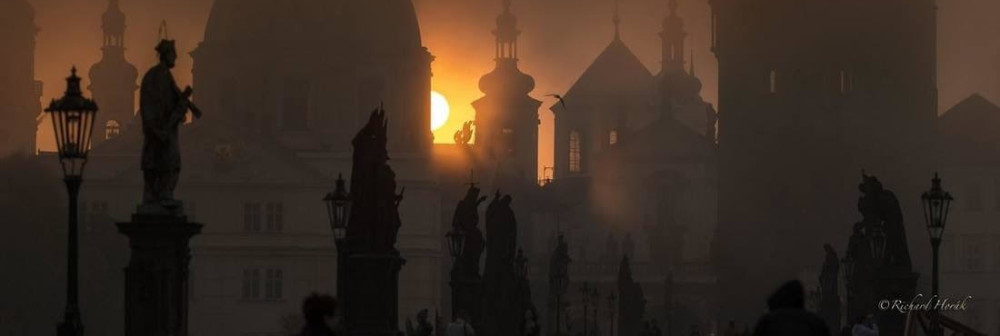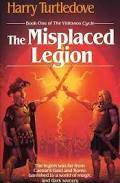Are you looking for an alternate reality or a parallel universe to step into while traveling for Thanksgiving or dealing with difficult family over the holidays? I cannot recommend the Videssos Cycle by Harry turtledove TOO highly! It is excellent!
In The Misplaced Legion, the first of the books, the Roman tribune Marcus Scaurus held the spell-scribed sword of a Druid priest, and the Celtic chieftain Viridovix held a similar sword, bespelled by a rival Druid sorcerer. At the moment they touched, the two found themselves under a strange night sky where no stars were familiar and where Gaul and Rome were unknown. They were in an outpost of the embattled Empire of Videssos–in a world where magic and dark sorcery would test their skill and courage as no Roman legion had ever been tested before.
Readers who know something of Byzantine history will quickly discover that the world of Videssos is closely modeled on the Byzantine Empire familiar to those of us who inhabit THIS reality. Harry Turtledove, himself a Byzantine historian as well as an award winning sci-fi and fantasy author, uses his knowledge of Byzantium to full advantage. Well known friends and enemies, dogmatic disputes, intricate social hierarchies are all recognizable in Videssos. But you do NOT need to know anything of Byzantium to appreciate the wonders and glory of the world Turtledove has created within the covers of these books.
The Videssos Cycle by Harry Turtledove is a four book series which is now available in two volumes, each volume containing two of the original books. Therefore, the covers are different now as well.
See my post about another Turtledove classic, Thessalonica, here.


